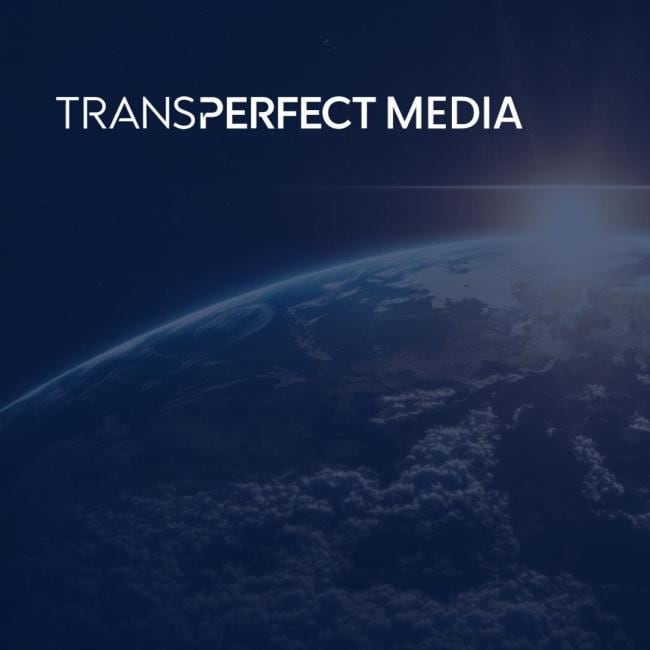Best Practices for Multilingual Closed Captioning


Closed captions have become popular not only for those who are hard of hearing (HOH) or deaf, as initially intended. In the media and entertainment industry, closed captions differ from subtitles as they add more context to a scene, such as sounds and movements, and are not simply the verbal exchange between characters. In today's world, more and more viewers are utilizing subtitles and captions to better engage with film or video content. Fifty percent of Americans prefer using subtitles, and 80% of viewers are more likely to finish a video with subtitles.
In today's globalized world, businesses and content creators need to consider the needs of diverse audiences, including those who speak different languages. One way to ensure your content is accessible to a broader audience is by providing multilingual closed captions. Here are some best practices for implementing multilingual closed captioning:
Use Professional Translators:
Most languages cannot be directly translated word for word and retain the original meaning. Hiring professional translators fluent in the original language who understand a scene's context in the target language for closed captioning is essential. Professional linguists can help not only translate but also localize content while ensuring consistency and alignment with the visual context and cultural sensitivity in the translation.
Consider Regional Variations:
If your content is being translated into multiple languages, consider regional variations in vocabulary, grammar, and cultural references. It may be necessary to create different closed captioning tracks for different regions within a country.
Accuracy Test:
Test the captions for accuracy and readability before releasing content with multilingual closed captioning. This may involve having native speakers review the captions for linguistic and cultural appropriateness.
Stay Up-to-Date with Technology:
As technology evolves, so do the tools and platforms for closed captioning. Stay informed about the latest advancements in multilingual closed captioning technology to ensure your content is accessible to the broadest possible audience.
By following these best practices, businesses and content creators can ensure their content is accessible to diverse audiences. Providing multilingual closed captions enhances the user experience and demonstrates a commitment to inclusivity and diversity. As the world becomes increasingly interconnected, multilingual closed captioning will be crucial in making content accessible to a global audience.
To learn more about a variety of localization, subtitling, and captioning technology and services, reach out to one of our professionals by emailing media@transperfect.com or visiting transperfect.com/media.



